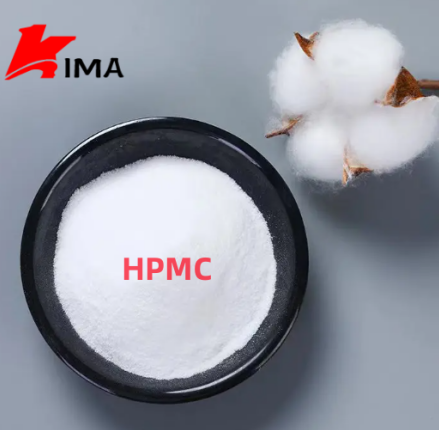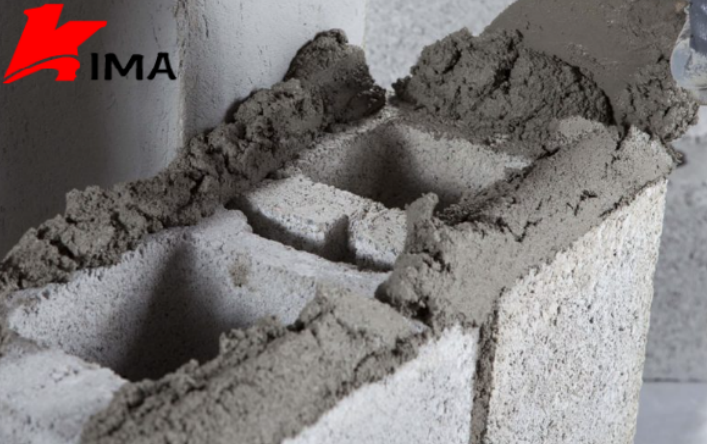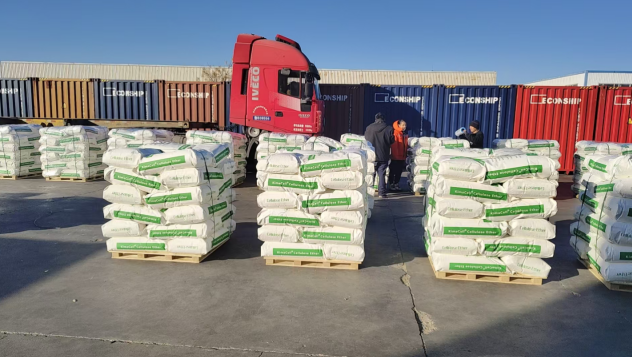Hydroxypropyl Methylcellulose (HPMC) is a water-soluble polymer compound commonly used in building materials. It is widely used in premixed mortar, dry mortar and other fields. Its main functions include improving the construction performance of mortar, increasing the water retention of mortar, improving adhesion and adjusting the rheology of mortar.

Basic characteristics of Hydroxypropyl Methylcellulose
Hydroxypropyl Methylcellulose is a water-soluble polymer obtained by chemical modification of cellulose. It has good water solubility, viscosity adjustment ability, stability and thickening properties. Its chemical structure contains two groups, hydroxypropyl and methyl, which not only enables it to form a strong interaction with water molecules, but also increases its dispersibility and adhesion between different substances.
Role of Hydroxypropyl Methylcellulose in Premixed Mortar and Dry Mortar
1. Water retention and extended open time
In the use of premixed mortar and dry mortar, the water retention of HPMC is one of its most important functions. It can significantly reduce the evaporation rate of water in the mortar, thereby extending the open time of the mortar. A longer open time is particularly important for operations during construction, especially in environments with high temperatures or strong ventilation. The water retention of HPMC can effectively prevent the mortar surface from drying and hardening prematurely, ensuring the quality of construction.
2. Improve the construction performance of mortar
Another key role of HPMC is to improve the construction performance of mortar. Since HPMC can improve the rheological properties of mortar, it can make the mortar more uniform and smooth during construction, reducing the phenomenon of excessive or insufficient viscosity. In addition, the addition of HPMC can increase the adhesion and bonding of mortar, improve the bonding strength between mortar and base surface, and ensure the smooth progress of construction processes such as coating and tiling.
3. Improve the bonding strength of mortar
In dry mortar and premixed mortar, HPMC enhances its adhesion to the base material by improving the bonding properties of mortar. Whether in plastering of internal and external walls, tile pasting, or in gypsum mortar, HPMC can improve the durability and crack resistance of mortar by enhancing the interaction between mortar and base material. This makes the final product have higher structural stability and prolongs service life.
4. Improve the crack resistance of mortar
HPMC can improve the toughness of mortar, reduce the brittleness of mortar, and reduce the occurrence of cracks. During the hardening process of mortar, if the water evaporates too quickly or the external environment is not suitable, cracks are prone to occur. As a polymer material, HPMC can form a network structure in the mortar, disperse external pressure and stress, and thus effectively improve the crack resistance, especially in dry mortar, where the crack problem is particularly prominent. The addition of HPMC can greatly improve this defect.

5. Enhance the fluidity of mortar
The thickening effect of HPMC allows the fluidity of premixed mortar and dry mortar to be properly adjusted. In actual construction, excessive fluidity of mortar will make it difficult to control during construction, while insufficient fluidity may lead to uneven construction. HPMC can make the mortar have moderate fluidity without affecting the stability of the mortar to meet different construction requirements.
Application of Hydroxypropyl Methylcellulose in Dry Mortar
Dry mortar is a ready-made and easy-to-use building material, usually made of a mixture of cement, sand, fillers and additives. HPMC, as a commonly used additive, is widely used in dry mortar to improve its performance during construction.
Enhance the bonding and adhesion of dry mortar: Dry mortar usually needs to be tightly bonded to the substrate during construction. HPMC can effectively improve its bonding strength and prevent the mortar from falling off.
Improve the water retention of dry mortar: HPMC can effectively regulate the volatilization of water and avoid premature loss of water, especially in high temperature environments. It can significantly extend the construction time of dry mortar and improve its workability.
Improve the rheology of dry mortar: By adding an appropriate amount of HPMC, the fluidity of dry mortar is improved, making its construction smoother and improving construction efficiency.
Improve the crack resistance and durability of dry-mixed mortar: The toughening effect of HPMC can effectively reduce the stress caused by changes in the external environment, reduce the cracking of dry-mixed mortar during the drying process, and improve its durability for long-term use.
Application of Hydroxypropyl Methylcellulose in Premixed Mortar
Premixed mortar is generally made by mixing cement, sand and various admixtures in proportion. It has a relatively precise ratio and good construction performance. The main role of HPMC in premixed mortar is similar to that in dry-mixed mortar, but because the use range of premixed mortar is wider and the requirements are higher, the addition amount and performance requirements of HPMC are also more stringent.

Improve the adhesion and stability of premixed mortar: HPMC can form a thin film with strong adhesion in premixed mortar, enhance the adhesion between mortar and wall and ground, and ensure the stability and durability of mortar.
Adjust the fluidity and consistency of premixed mortar: HPMC can adjust the fluidity of mortar according to different construction requirements, improve the construction performance of mortar, and make premixed mortar easier to apply and smooth during construction.
Reduce the shrinkage and cracks of mortar: During the hardening process of premixed mortar, HPMC can relieve internal stress and slow down water evaporation, thereby effectively reducing the occurrence of mortar cracks.
Hydroxypropyl methylcellulose is widely used in premixed mortar and dry mortar, and plays a multi-faceted role. It can improve the final performance of mortar and ensure construction quality by adjusting the rheology of mortar, enhancing its adhesion and water retention, and improving construction performance. As the construction industry continues to increase its requirements for material performance, HPMC, as an important additive, will continue to play a key role in building materials such as mortar.
 English
English 日本語
日本語 français
français Deutsch
Deutsch Español
Español italiano
italiano русский
русский português
português العربية
العربية Türkçe
Türkçe Nederland
Nederland






